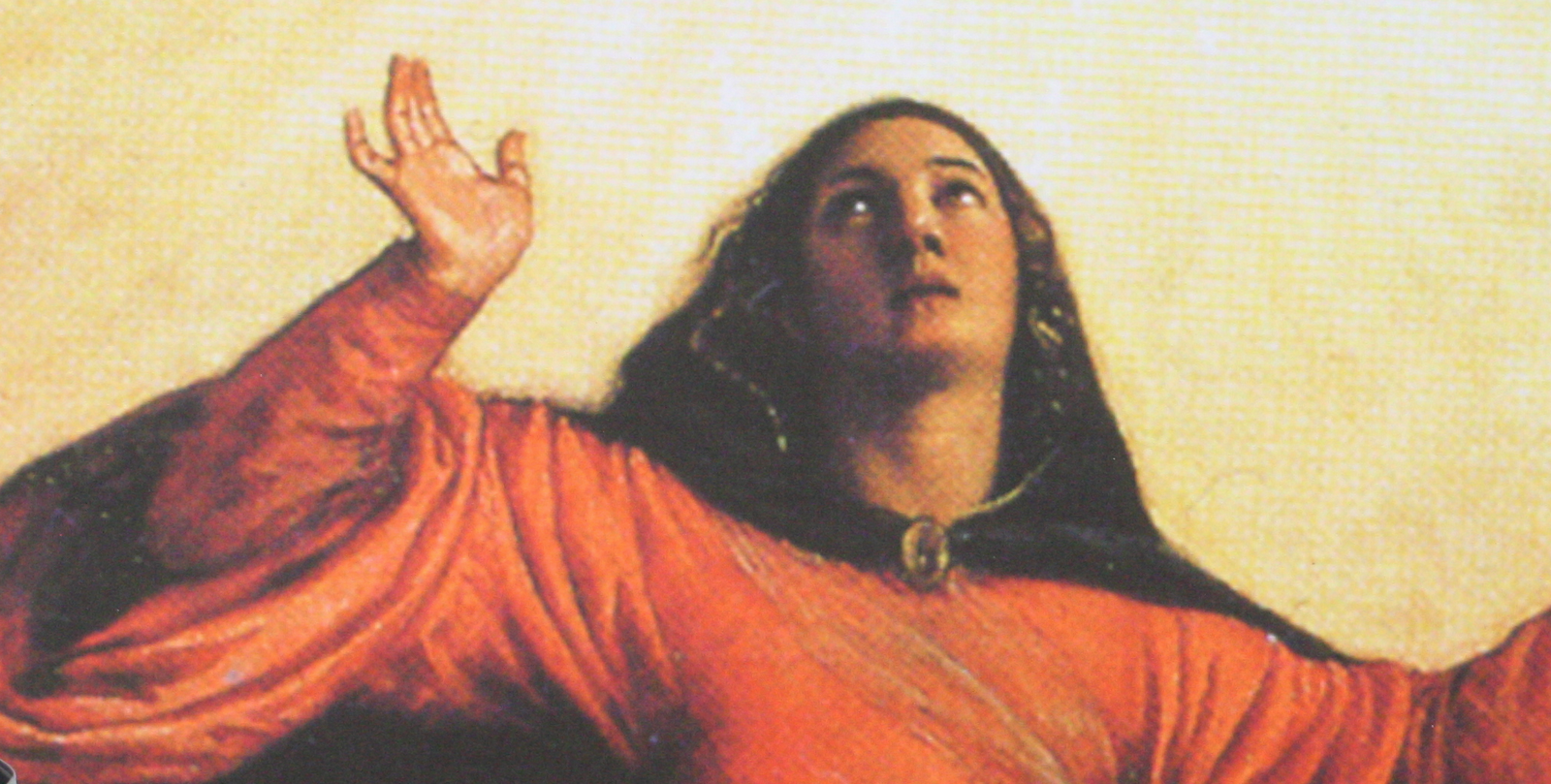Devotion of the hundred Hail Marys to do on the day of Maria Assunta
It is to the Byzantine tradition of Terra d'Otranto that the origin and propagation of the so-called prayer of the Hundred Crosses, still widespread in many Salento centers, must be traced. In the early hours of the afternoon of August 15, the day of the Dormitio Virginis for the Orientals, of the Assumption of Mary for the Latins, various families from a neighborhood gather to propose a long and ancient prayer. It consists of a dialectal formula repeated a hundred times between as many as a hundred Hail Marys, recited by meditating two whole rosary posts.
The purely oriental characteristic from which, among other things, the prayer itself takes its name lies in making the sign of the cross every time a nodal part of the aforementioned is recited. This reminds us of the typically oriental use of marking ourselves repeatedly, during moments of prayer as before sacred images. A further reason to trace this prayer back to the Byzantine tradition is the biblical reference to the Valley of Jehoshaphat, east of Jerusalem, where according to the prophet Joel (Gl 4: 1-2) all peoples will gather, at the end of time, for the divine judgment. This is an image dear to Greek patristic eschatology, which subsequently spread to the West. Nor can the cantilenary form typical of hexicasm be neglected, which, through the multiple repetition of the same verse, tends to indelibly imprint its message in the soul of the faithful.
prayer: Think, my soul, that we will have to die! / In the Valley of Giòsafat we will have to go / and the enemy (the devil) will try to meet us. / Stop, my enemy! / Do not tempt me and do not terrify me / because I made a hundred signs of the cross (and here we mark ourselves) during my life / on the day dedicated to the Virgin Mary. / I marked myself, ascribing this to my credit, / and you had no power over my soul.
